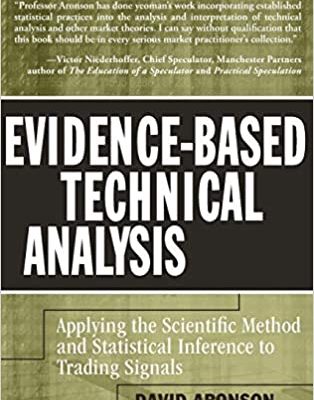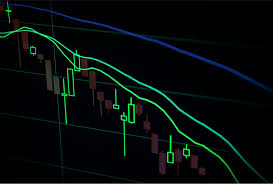Review Evidence-Based Technical Analysis
by DAVID R. ARONSON
Description
Evidence-Based Technical Analysis by David R. Aronson is definitely one of the most authoritative books when it comes to financial market prediction. This book contains a scientific approach to technical analysis, and maybe this is the most objective book on this subject that you may ever read. David R. Aronson explains his point very clearly so that it can be easily understood even the most complex problems of statistics and Econometrics pertinent to the topic of testing the trading systems. There are a lot of ideas present in this book on how to make use of the limited data sample to produce reliable testing results. Evidence-Based Technical Analysis is certainly a must-read for every aspiring trader.
About the Author
David Aronson, author of “Evidence-Based Technical Analysis,” is an adjunct professor of finance at the Zicklin School of Business, where he has taught a graduate-level course in technical analysis and data mining since 2002. His interest in technical analysis dates back to the late ’50s when as a teenager, he began studying the works of Edwards & Magee (Technical Analysis of Stock Trends) and the point & figure charting method developed by Abraham Cohen of Chartcraft. While working as a broker (account executive) for Merrill Lynch between 1973 and 1977, Aronson wrote several internal technical analysis memos, including one in December of 1973 to Robert Farrell, Merrill’s head technician. It predicted the extent and duration of the 1974 decline and the timing of its reversal. During this time, Aronson was in regular communication with James Hurst, a pioneer in the application of cycles to market data.
Table of Contents
- Acknowledgements
- About the Author
- Introduction
- PART I: Methodological, Psychological, Philosophical, and Statistical Foundations
- Chapter 1: Objective Rules and Their Evaluation
- Chapter 2: The Illusory Validity of Subjective Technical Analysis
- Chapter 3: The Scientific Method and Technical Analysis
- Chapter 4: Statistical Analysis
- Chapter 5: Hypothesis Tests and Confidence Intervals
- Chapter 6: Data-Mining Bias: The Fool’s Gold of Objective TA
- Chapter 7: Theories of Nonrandom Price Motion
Conclusion
- PART II: Case Study: Signal Rules for the S&P 500 Index
- Chapter 8: Case Study of Rule Data Mining for the S&P 500
- Chapter 9: Case Study Results and the Future of TA
- Appendix: Proof That Detrending Is Equivalent to Benchmarking Based on Position Bias
- Index




